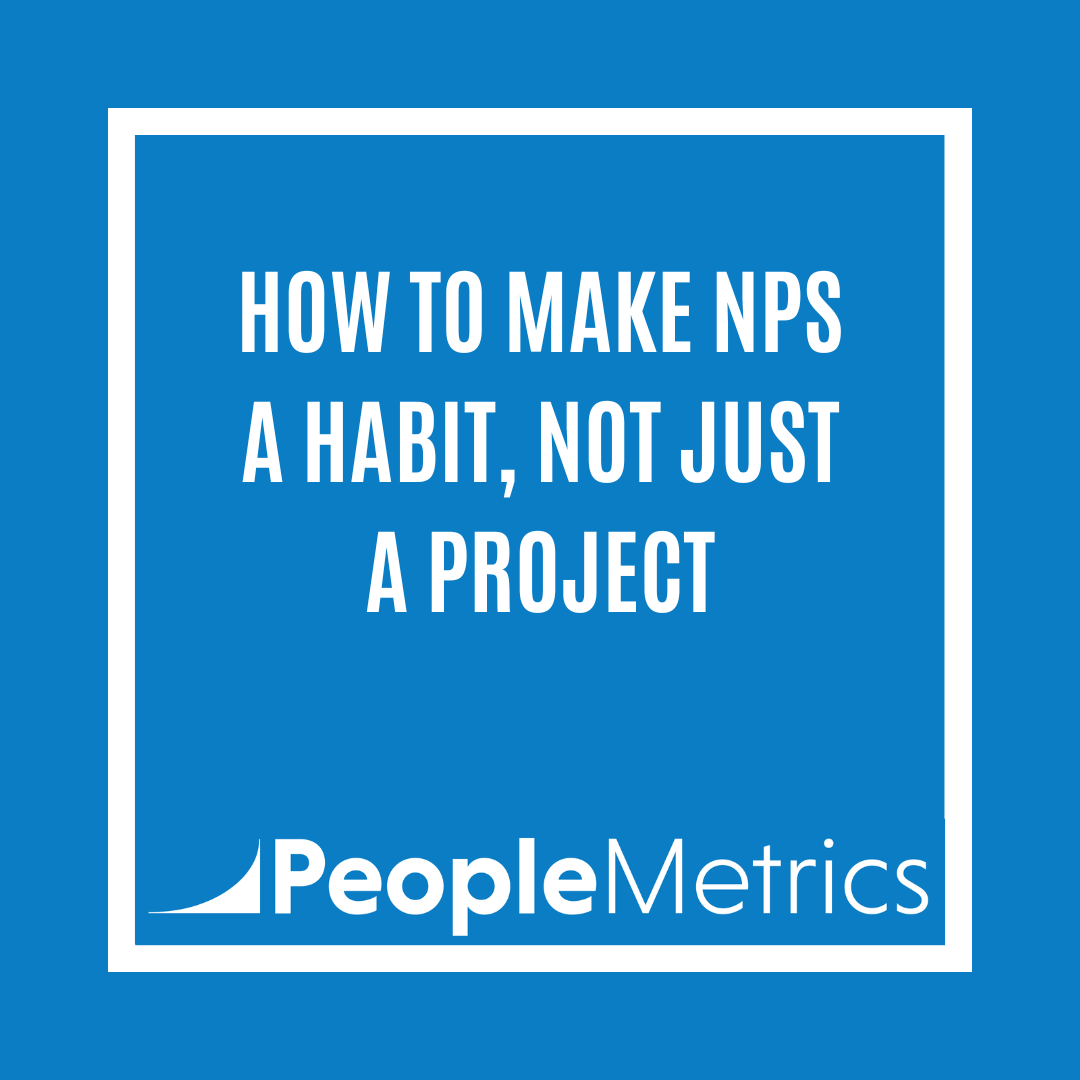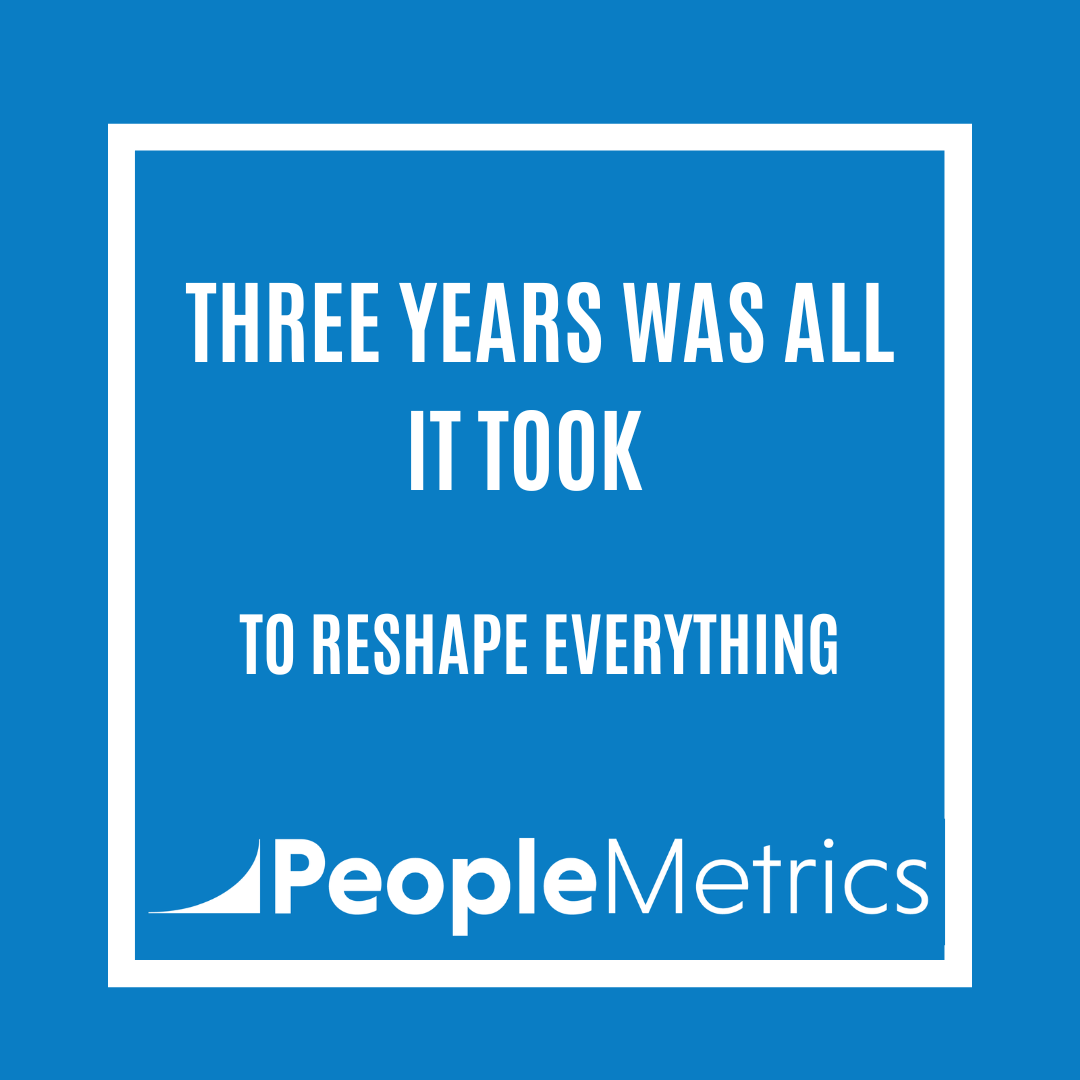Your NPS program is working!
You’re asking the right people the right questions. You’re closing the loop when things go wrong. You’re turning Promoters into your hidden referral engine.
But here’s what separates the good from the truly great: Elite companies make NPS a habit, not just a survey project.
Why Most NPS Programs Fizzle
The reason so many programs stall is simple: they stay episodic. You run the survey once or twice a year, share a few slides at a quarterly meeting, then move on. Maybe you fix a few things, but the momentum dies.
When that happens, people stop believing the score really matters. The trust you earned with customers starts to slip away.
The best companies don’t let that happen. They build systems, routines, and workflows so NPS is woven into the business every day.
How the Best Teams Keep NPS Alive
- Run It Regularly and Predictably
NPS shouldn’t be a surprise. Elite teams run it on a clear, repeatable cadence:
- Quarterly or bi-annually for B2B relationships
- Tied to moments that matter: renewals, key milestones, or anniversaries
Example: A B2B software company runs its relationship NPS survey twice a year, once mid-contract and once just before renewal. That timing makes the insights feel real and actionable.
- Bake It Into Your Operating Rhythm
NPS shouldn’t live in a deck no one opens. Make it a standing part of how you run the business:
- Discuss your top Promoter themes and Detractor trends in monthly leadership meetings.
- Add NPS feedback to frontline team huddles, so sales, success, and product teams see it.
- Tie specific actions back to score changes, so people know their work makes a difference.
Example: A financial services firm added a “Top 3 NPS Drivers” slide to every regional manager check-in. Teams knew exactly what customers cared about and could share what they were doing to improve.
- Keep Closing the Loop (Every Time)
Don’t let follow-up slip through the cracks. A repeatable close-the-loop system includes:
- Clear owners: Who follows up?
- Timelines: How quickly? (Elite teams shoot for 24–48 hours.)
- Playbooks: What should you say? How do you fix it?
Example: One B2B company set a 48-hour SLA for Detractor follow-up and gave CSMs a clear checklist: thank the customer, resolve what you can, and flag bigger issues for root-cause fixes.
- Celebrate the Wins
Great companies don’t just focus on what’s broken, they shine a spotlight on what’s working.
- Share positive Promoter comments in team meetings.
- Recognize employees by name.
- Highlight teams or regions that move their score up quarter after quarter.
Example: A retail chain auto-sends “customer shout-outs” to store managers when someone mentions an employee by name. It’s a small touch but it fuels a culture of pride and recognition.
- Connect It to Real Business Outcomes
If you want people to care, connect your NPS program to what they already care about:
- Are Promoters more likely to renew or expand?
- Do referrals from Promoters close faster than cold leads?
- How does churn drop when you close the loop?
Example: A B2B services company tracked deal value for referral leads vs. standard pipeline. Referrals from Promoters closed 2x faster, a stat the sales team could rally behind.
- Put NPS Where People Actually Use It
Here’s where so many companies miss out: the data lives in a research dashboard no one sees. Elite teams integrate NPS into daily workflows:
- Pipe survey scores and open-ended comments straight into your CRM.
- Set up alerts for low scores so your reps or success teams can act fast.
- Give frontline teams the full story before the next customer call.
Example: A SaaS company pushes every NPS response into Salesforce. If a customer leaves a score of 6 or lower, the CSM gets an instant alert with the comment attached. No extra digging. No excuses for not acting.
When your people have this at their fingertips, they can build trust in every conversation, not just once a quarter.
Your Elite Habit Checklist
Before you can say “NPS is a habit here,” ask:
- Are we surveying customers on a clear, repeatable cadence?
- Do we share insights regularly across teams (not just in CX or market research)?
- Do we close the loop with clear owners and timelines?
- Do we celebrate Promoters and wins, not just fix problems?
- Do we tie NPS to real business results like retention, referrals, or expansion?
- Do we make NPS visible and usable in our CRM or frontline tools?
If you can say yes to all six, you’re not just “doing NPS.” You’re building a loyalty engine that sticks!
Why This Separates the Best from the Rest
Customer trust isn’t earned by a survey. It’s earned by what you do after and whether you show you’re serious about acting on it again and again.
When NPS is part of your daily rhythm (not an afterthought) customers feel heard, teams stay engaged, and loyalty becomes something you keep earning every day.
Up Next
Next, we’ll talk about the other side of the loyalty equation: how to connect employee experience (eNPS) to your customer NPS so you’re building a culture where your people want to stay and your customers want to stay.





